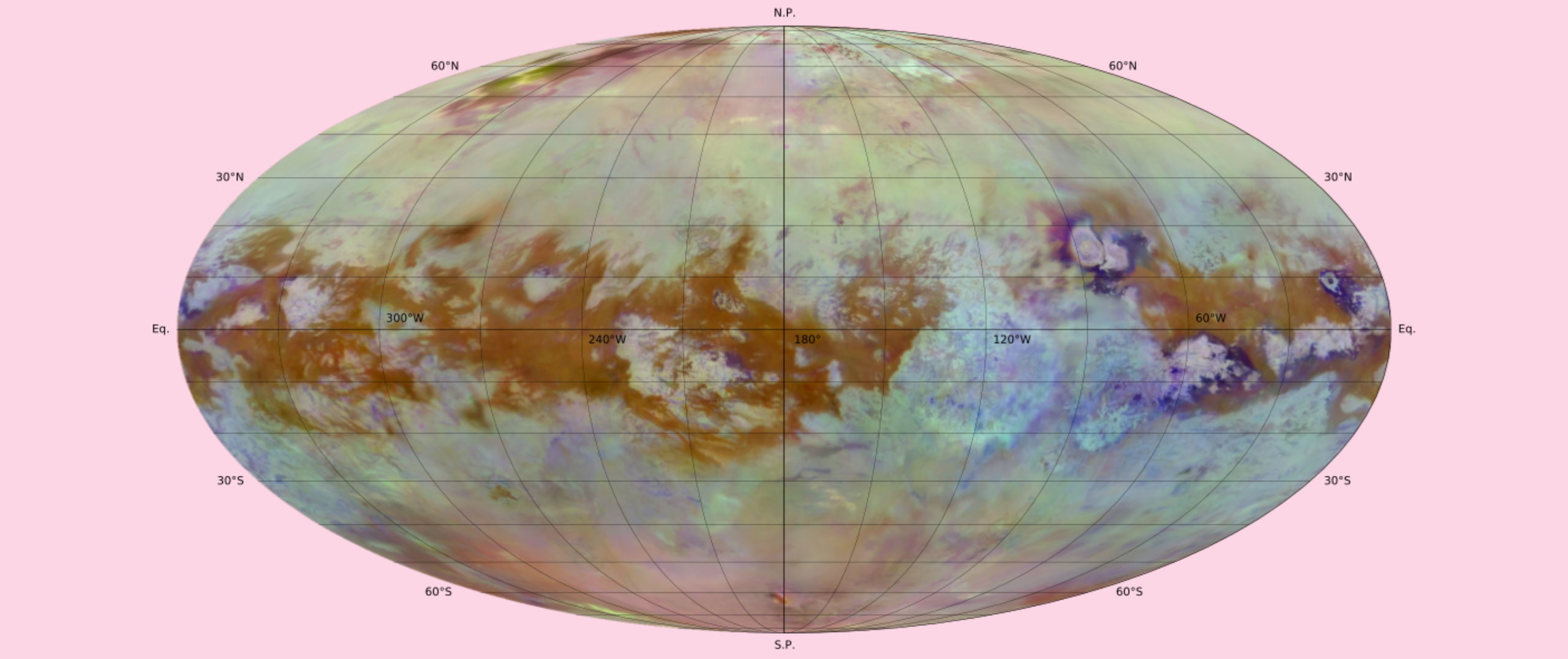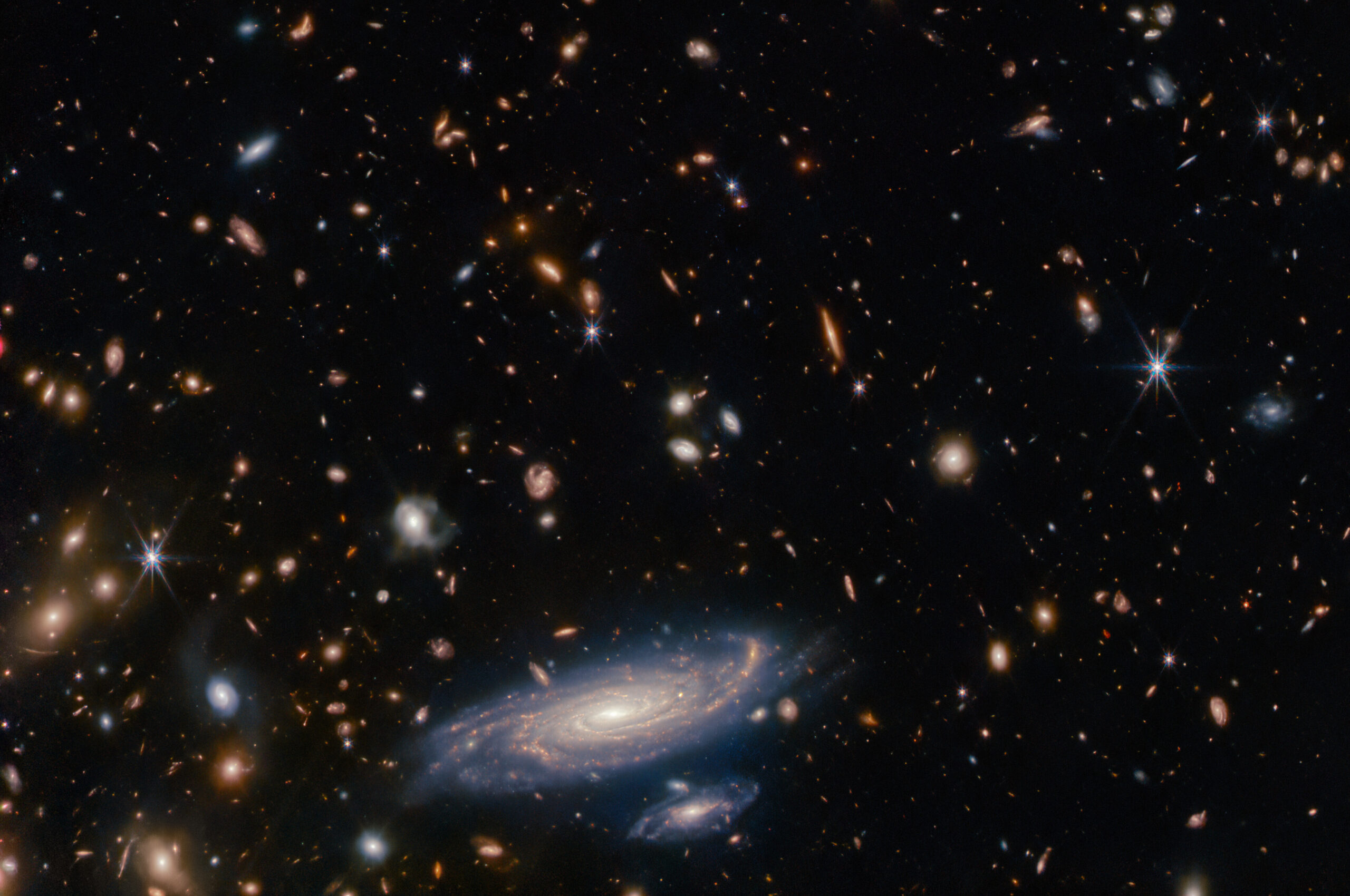BERN, SWITZERLAND – A multidisciplinary team supported by the International Space Science Institute (ISSI) in Bern (Team Project #539) has investigated the potential habitability of Titan’s subsurface water ocean. The study, led by Affholder et al. and accepted for publication in The Planetary Science Journal, explores whether glycine fermentation—a metabolism that does not require strong oxidants—could support microbial life on Saturn’s largest moon.
Using bioenergetic modelling, a method previously applied to Enceladus and early Earth ecosystems, the researchers found that Titan’s ocean may support heterotrophic life forms that consume organic material. However, only a limited fraction of Titan’s abundant surface organics appears suitable for microbial metabolism. Furthermore, the transport of this material into the ocean is inefficient, primarily occurring through impact-generated melt pools. As a result, any potential biosphere in Titan’s ocean would be extremely sparse, with a total biomass ranging from just a few grams to a few kilograms of carbon—equivalent to fewer than one microbial cell per kilogram of water when diluted throughout the entire ocean.
These findings highlight the challenges of sustaining life in Titan’s ocean and the need for further research into alternative metabolic pathways and mechanisms that could deliver essential nutrients and energy sources to any potential biosphere.
Affholder, A., P.M. Higgins, et al. (2025), The Viability of Glycine Fermentation in Titan’s Subsurface Ocean. The Planetary Science Journal. https://doi.org/10.3847/PSJ/adbc66


